Energy costs have steadily risen since the early 2000s, especially as households became increasingly dependent on electronics, larger appliances, and constant climate control. Families living in homes built in the 1980s and 1990s often face even higher bills because those houses weren’t designed with today’s energy-efficient standards. Luckily, reducing monthly expenses doesn’t always require expensive renovations. By making small, thoughtful adjustments, you can trim electricity and gas bills without compromising comfort. Here are fifteen simple tips anyone can use to start saving on energy costs.
1. Seal Windows and Doors
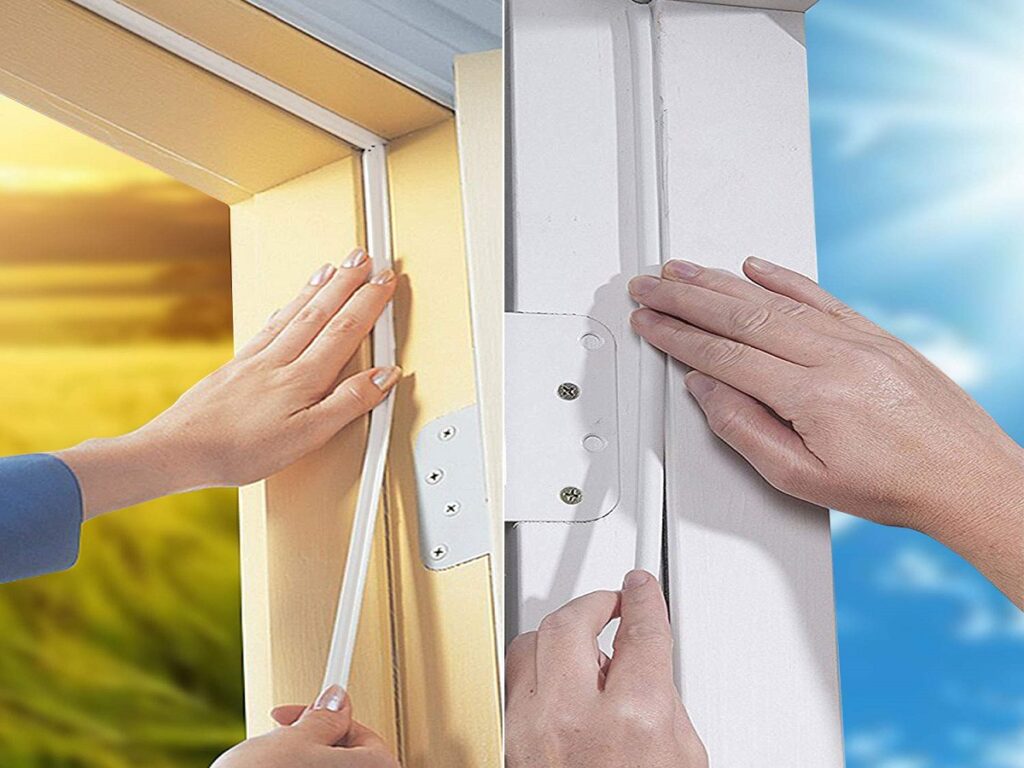
Older homes built before 2005 often lack proper insulation around windows and doors, causing significant heat loss in winter and cool air escape in summer. Drafts can increase heating and cooling costs by nearly 30 percent. Applying weather stripping or caulk around gaps is an inexpensive fix, typically costing less than a weekend project. Beyond sealing, heavy curtains can help retain room temperature, reducing the strain on your HVAC system. This step is simple but provides one of the fastest returns on investment when aiming to lower monthly bills.
2. Upgrade to LED Bulbs
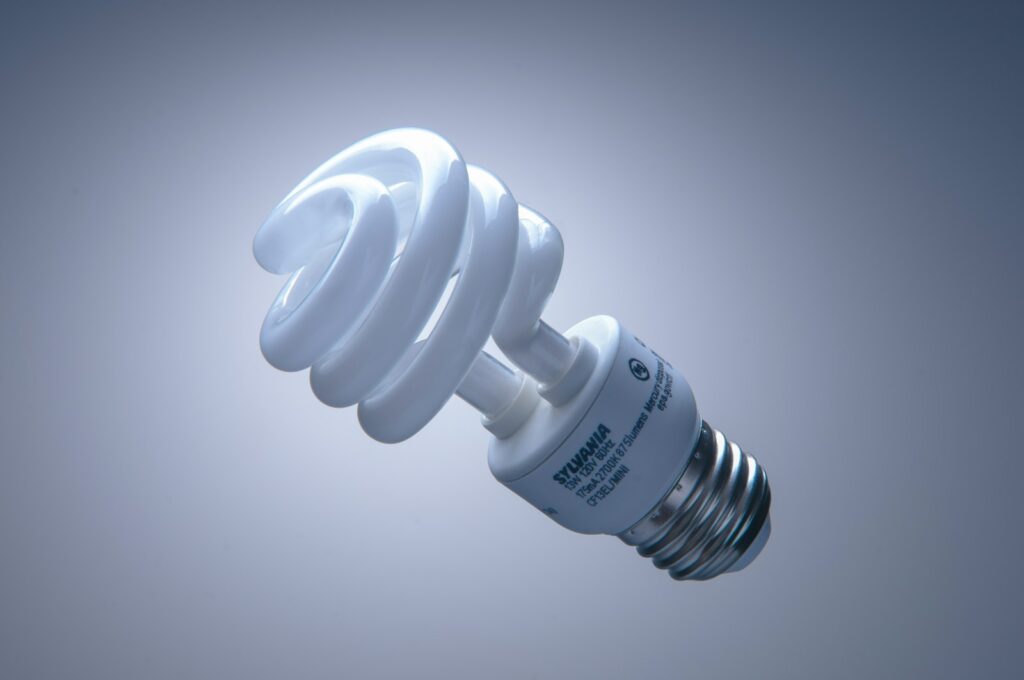
Lighting accounts for nearly 10 percent of a typical household’s energy use, especially in homes built before 2010, where incandescent bulbs are still common. LEDs use about 75 percent less energy and last up to 25 times longer, meaning fewer replacements over time. While the upfront cost used to be higher, today’s LED bulbs are affordable and available in warm or cool tones to match your preference. Switching your entire home’s lighting can cut lighting costs dramatically, especially in areas where lights stay on for long hours.
3. Maintain Your HVAC System
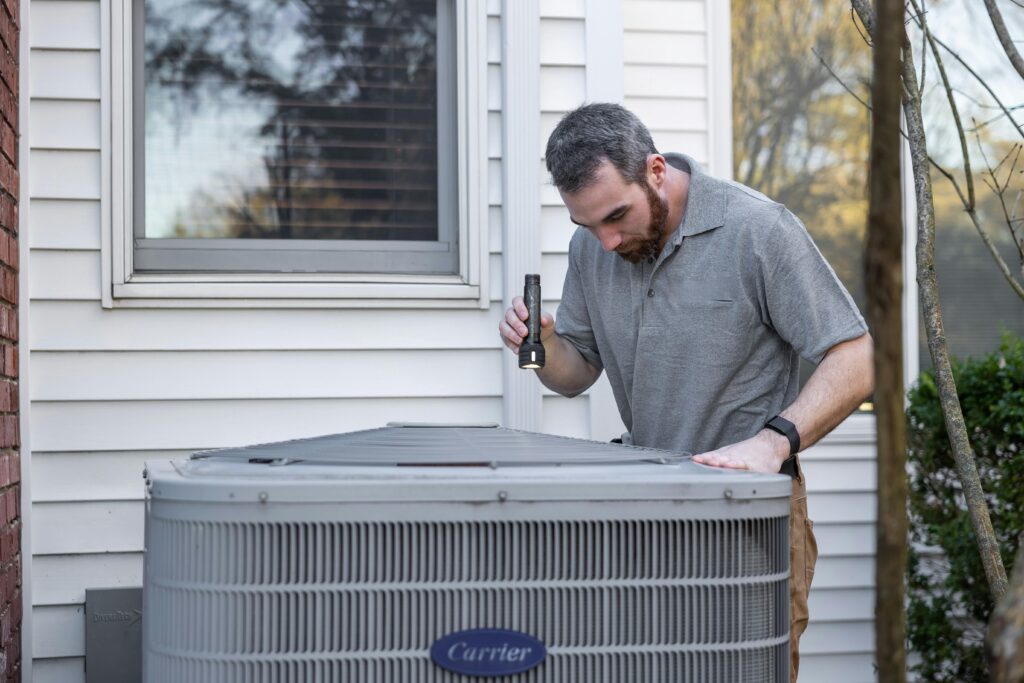
Heating and cooling systems installed in the late 1990s or early 2000s often work harder than necessary if not regularly maintained. Dirty filters, clogged vents, and neglected units reduce efficiency and drive up energy costs. Changing filters every three months and scheduling annual tune-ups ensures your system runs smoothly. For central air systems, keeping outdoor condenser units free of debris also helps. A well-maintained HVAC system doesn’t just save energy but also extends its lifespan, sparing you costly replacement expenses in the future.
4. Use a Programmable Thermostat
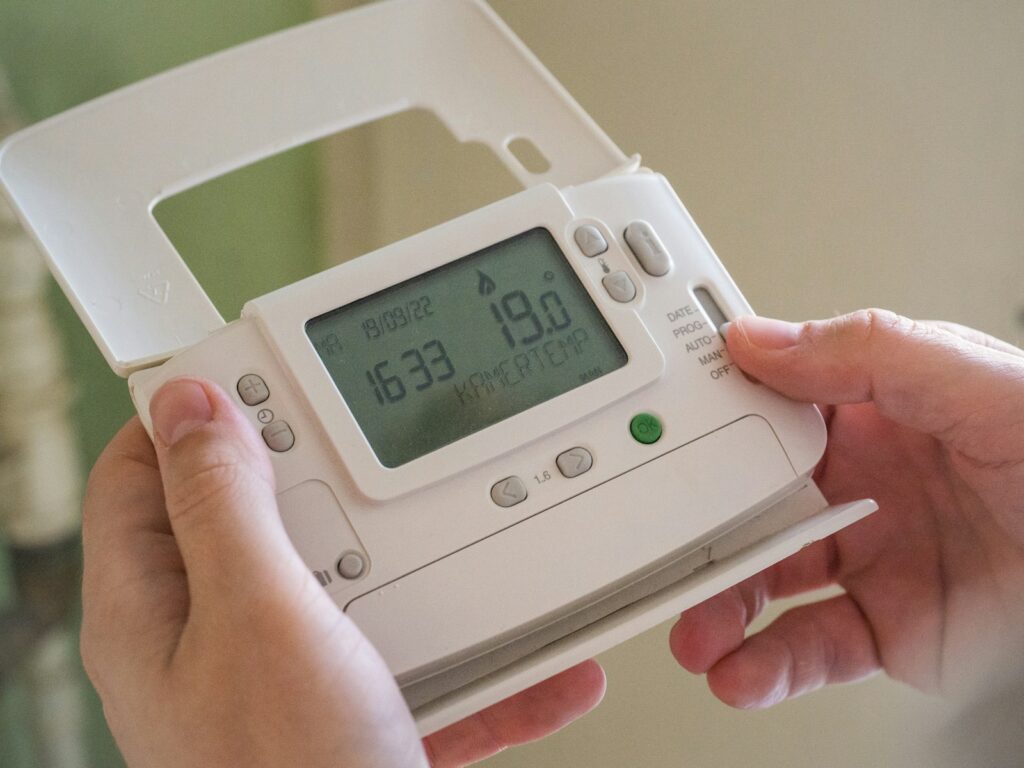
Many homes built before 2015 came with basic thermostats that require manual adjustments, leading to wasted energy when no one is home. Programmable thermostats let you set schedules for heating and cooling, lowering usage during work hours or at night. Studies show that lowering the thermostat by just 7-10 degrees for eight hours daily can cut heating costs by up to 10 percent annually. Smart thermostats take it further by learning your habits and adjusting automatically, providing both comfort and efficiency with minimal effort.
5. Wash Clothes in Cold Water
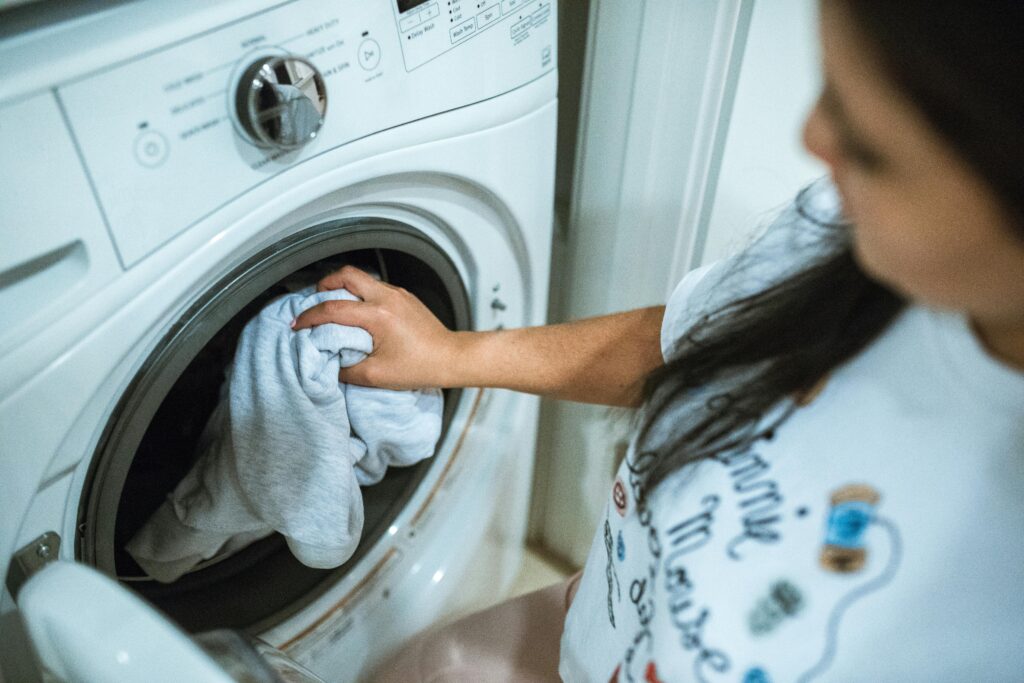
Laundry machines designed in the early 2000s often consumed large amounts of hot water, adding to both electricity and gas bills. However, most modern detergents are formulated to clean effectively in cold water, making the hot setting unnecessary for everyday loads. Washing with cold water reduces energy use by as much as 90 percent compared to hot cycles. It also extends the life of fabrics by reducing wear. Pair this with doing full loads instead of smaller ones, and you’ll notice a visible drop in utility bills.
6. Unplug Idle Electronics
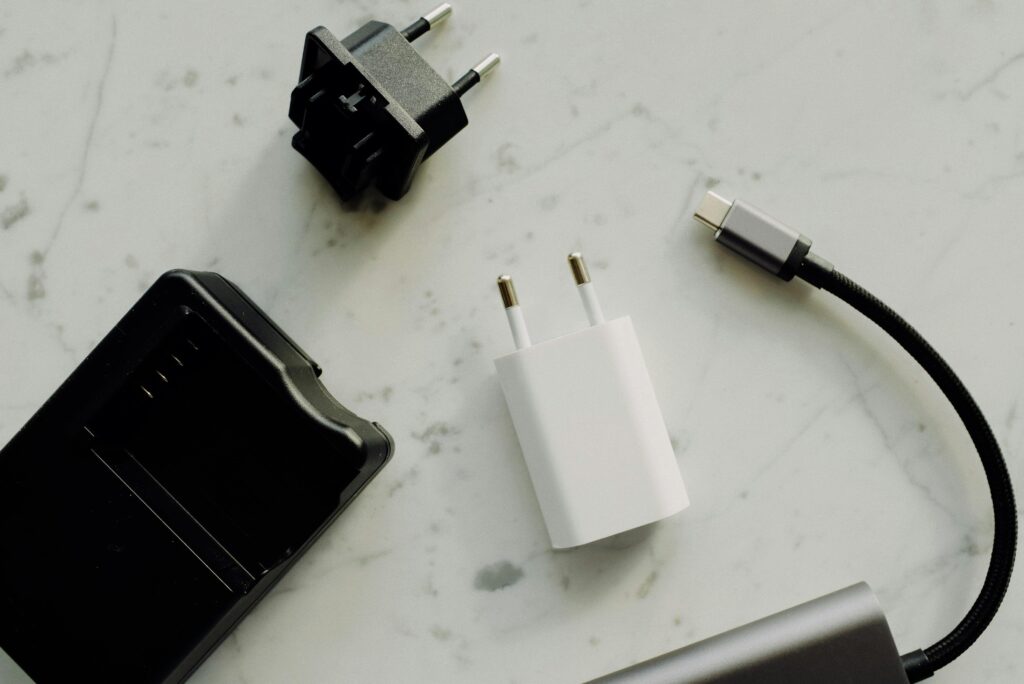
Since the mid-2000s, electronics have been built with standby power features, meaning they continue drawing electricity even when turned off. This “phantom load” can account for up to 10 percent of a home’s annual electricity use. Chargers, televisions, game consoles, and computers are the most common culprits. Unplugging these devices or using a power strip to cut power completely is a simple solution. It may seem small, but eliminating these hidden drains adds up significantly over a year, especially in gadget-heavy households.
7. Switch to Energy-Efficient Appliances
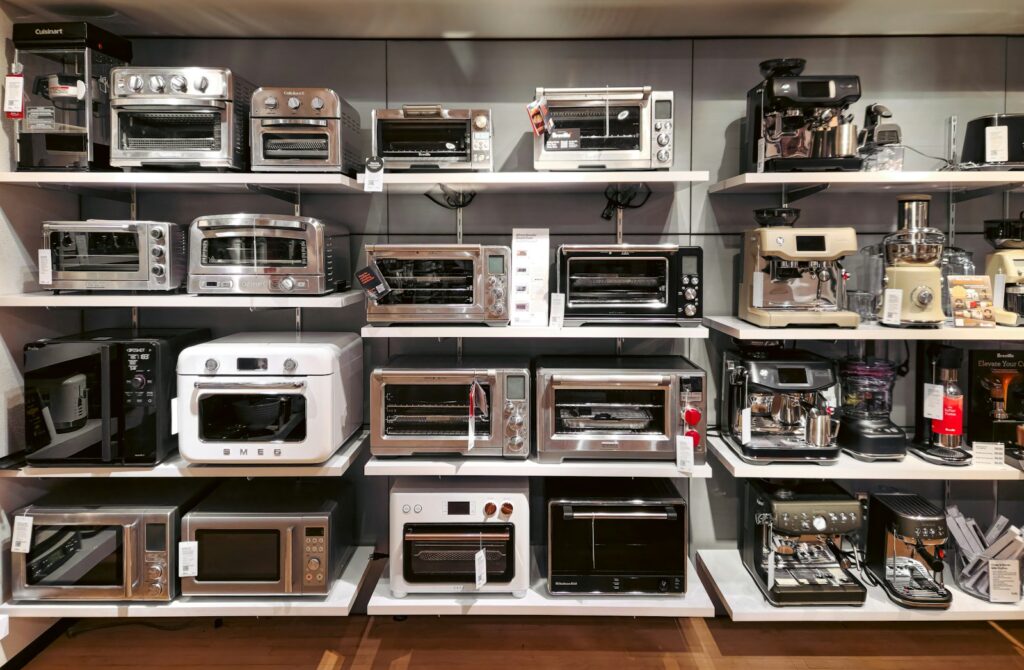
Homes built before 2010 often still rely on older refrigerators, dishwashers, and washing machines, which consume far more power than newer models. The ENERGY STAR program, introduced in the 1990s, has continually improved efficiency standards, with appliances now using up to 40 percent less energy. While upgrading comes with an upfront cost, the long-term savings on monthly bills and reduced repair expenses make it worthwhile. Many governments and utility companies even offer rebates, further offsetting the investment and encouraging households to modernize appliances.
8. Insulate Your Attic
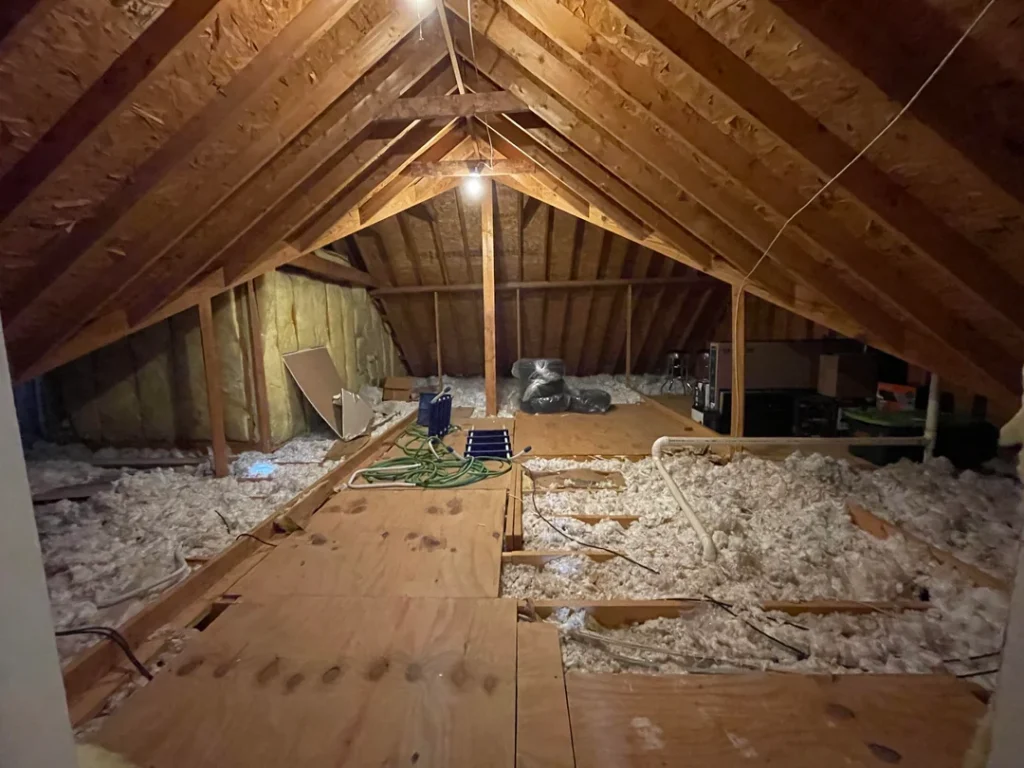
Attics in homes built before 2000 are often under-insulated, allowing heat to escape during winter and warm air to penetrate in summer. Poor insulation forces HVAC systems to work harder, increasing energy bills significantly. Adding fiberglass batts, blown-in cellulose, or spray foam can drastically improve efficiency. It’s one of the most impactful upgrades, often reducing heating and cooling costs by 15-20 percent. While professional installation ensures maximum benefit, even a DIY approach can yield noticeable results in just a single season.
9. Use Ceiling Fans Wisely
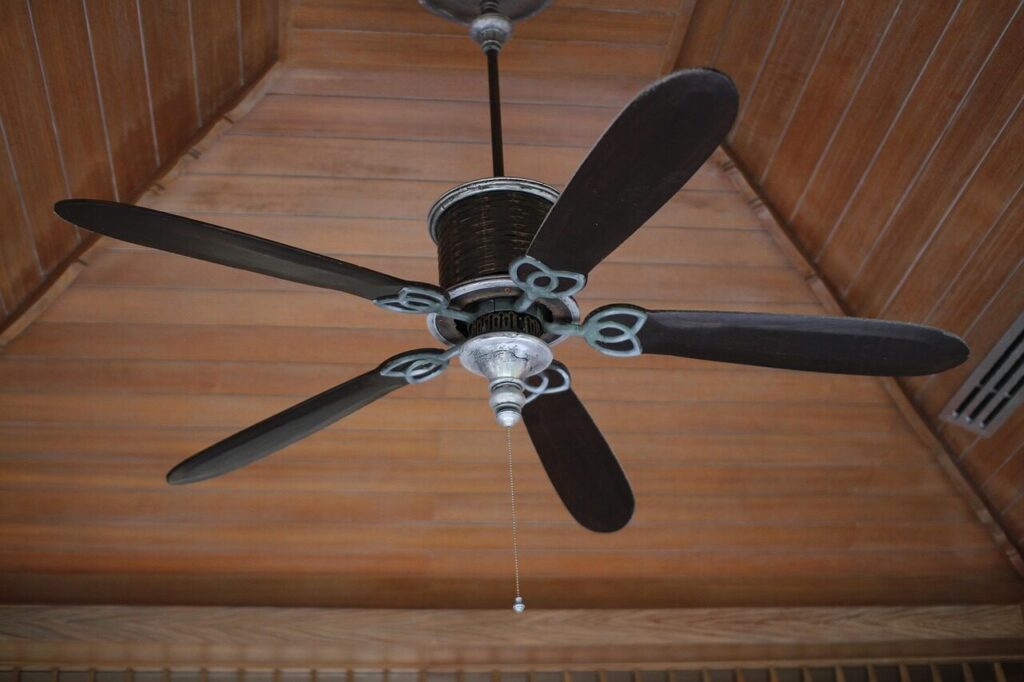
Ceiling fans, common in houses built since the 1980s, are often underused as energy-saving tools. Running a ceiling fan costs only a fraction of an air conditioner, yet it can make a room feel several degrees cooler by improving airflow. In winter, reversing the fan direction pushes warm air down, reducing reliance on heating systems. Just remember, fans cool people, not rooms, so turn them off when you leave. Strategically using ceiling fans can help balance comfort and efficiency across all seasons.
10. Install Low-Flow Showerheads
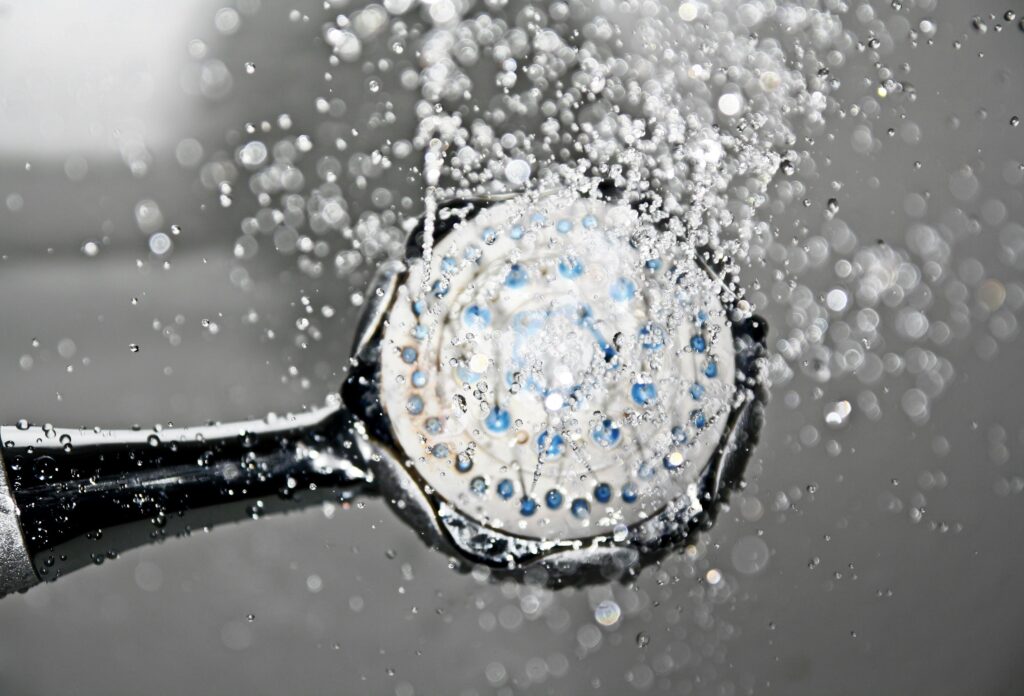
Water heating accounts for nearly 20 percent of household energy use, especially in homes built with older 40-gallon water heaters. Installing low-flow showerheads reduces hot water consumption without sacrificing water pressure. Modern designs use aeration technology to maintain a strong spray while using significantly less water. This small change lowers both energy and water bills simultaneously. It’s a simple upgrade that pays for itself quickly and creates a lasting impact on monthly expenses, especially for larger families with frequent showers.
11. Cook Efficiently
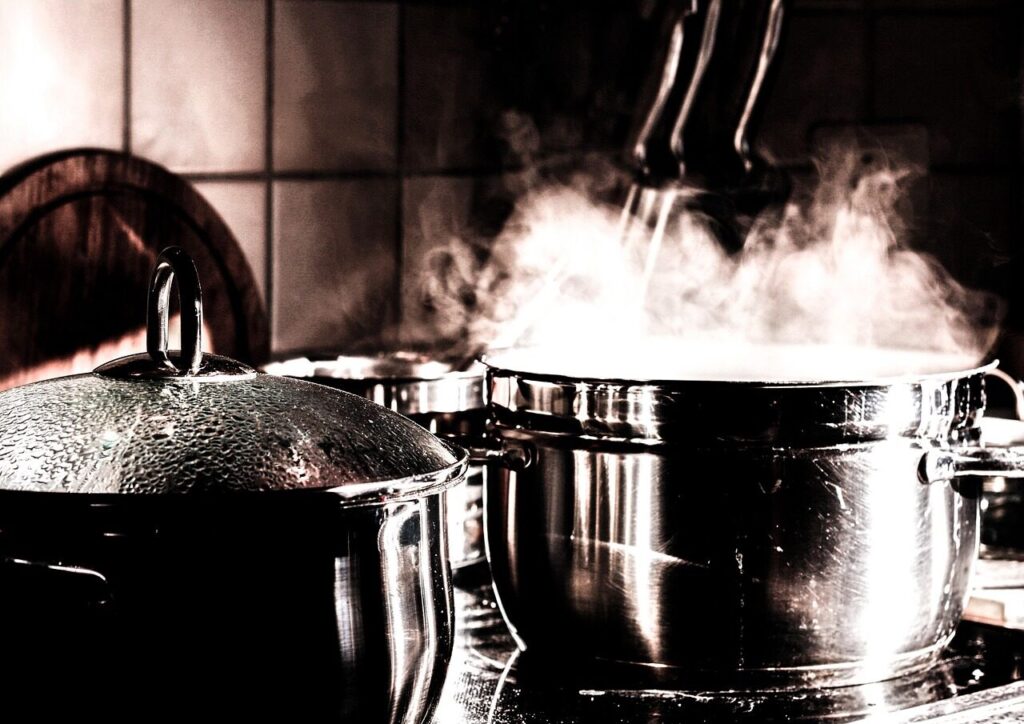
Kitchen appliances have been major energy users since homes began incorporating electric stoves widely in the 1970s. Using smaller appliances like microwaves, toaster ovens, or slow cookers instead of a full oven can save substantial energy. For stovetop cooking, covering pots with lids and using the right-sized burners reduces waste. Even choosing to batch-cook meals helps, since reheating uses less energy than multiple cooking sessions. These mindful habits don’t just save energy but also shorten cooking times, making them practical and economical.
12. Adjust Water Heater Temperature
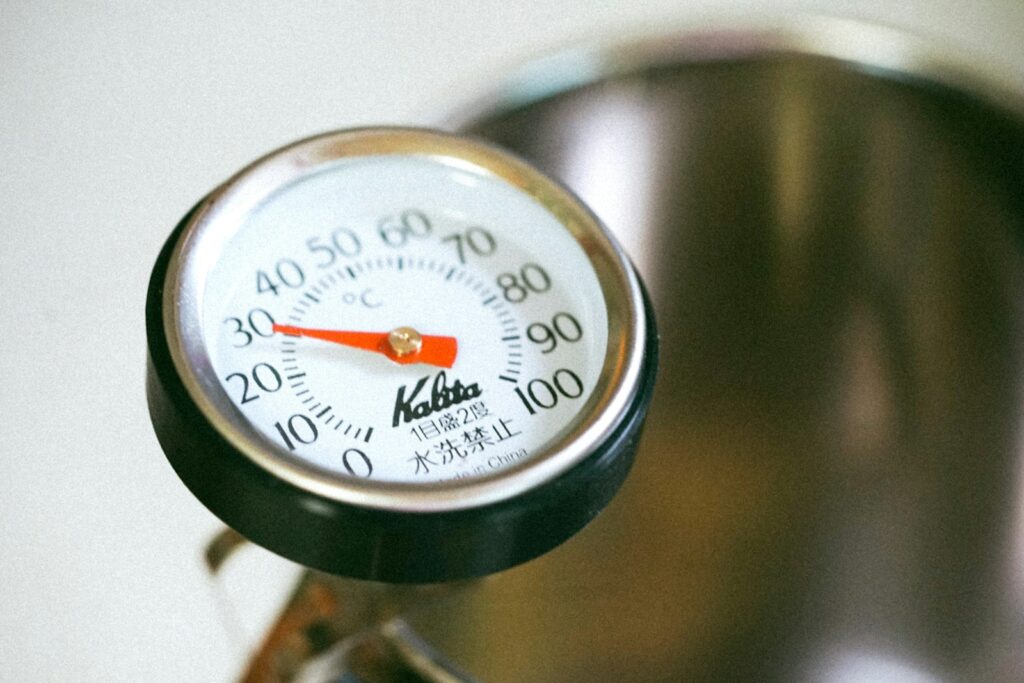
Most water heaters, particularly those installed before 2015, are factory-set at 140°F, which is higher than necessary for most households. Lowering the setting to 120°F reduces energy use while still providing sufficient hot water for daily needs. This simple adjustment not only cuts costs but also extends the life of the water heater by reducing strain. Additionally, it prevents the risk of scalding accidents, making it a safer option for families with children or elderly members at home.
13. Air Dry Laundry When Possible
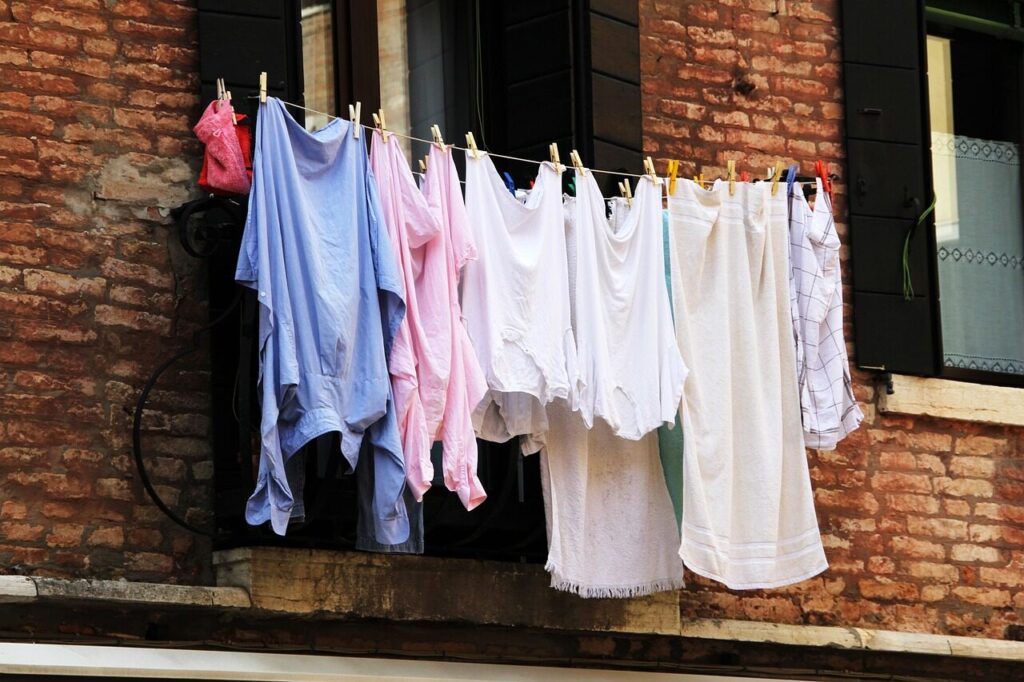
Dryers, especially older models from the 1990s and early 2000s, are among the most energy-hungry appliances in any home. Air drying clothes on a line or drying rack significantly cuts down on electricity or gas use. Not only does this save energy, but it also helps preserve the quality of fabrics, extending their lifespan. On sunny days, outdoor drying adds a fresh scent to laundry naturally. Even partially air-drying bulky items before finishing them in the dryer can lower overall costs.
14. Plant Shade Trees

Landscaping has long been used to control energy use in homes, especially in neighborhoods built before modern insulation became common. Planting trees strategically around your house provides natural shade, keeping interiors cooler in summer. In winter, deciduous trees lose their leaves, allowing sunlight to warm your home. This eco-friendly solution lowers air conditioning reliance and enhances curb appeal simultaneously. Although trees take a few years to mature, the long-term benefits in comfort, energy savings, and property value are well worth the patience.
15. Conduct an Energy Audit
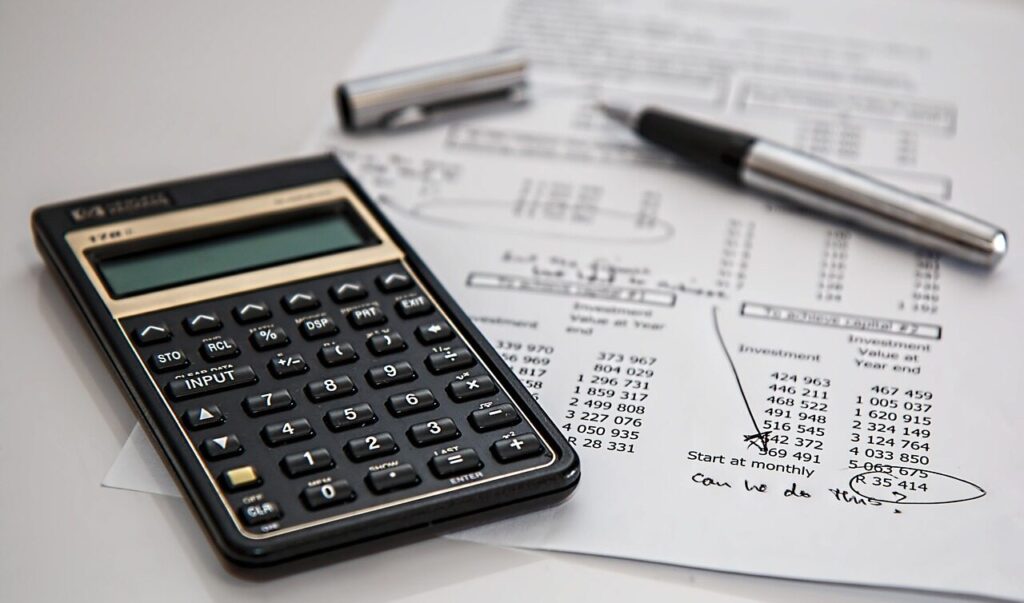
Homes built before 2010 may have hidden inefficiencies, from outdated wiring to poorly sealed ductwork. A professional energy audit uses specialized tools like infrared cameras and blower doors to identify where energy is being wasted. While there’s an upfront cost, many utility companies subsidize these audits. The detailed report helps homeowners prioritize improvements, ensuring money is spent where it will save the most. Whether sealing leaks, upgrading insulation, or replacing appliances, an audit provides a clear roadmap to lower monthly bills.
Comments